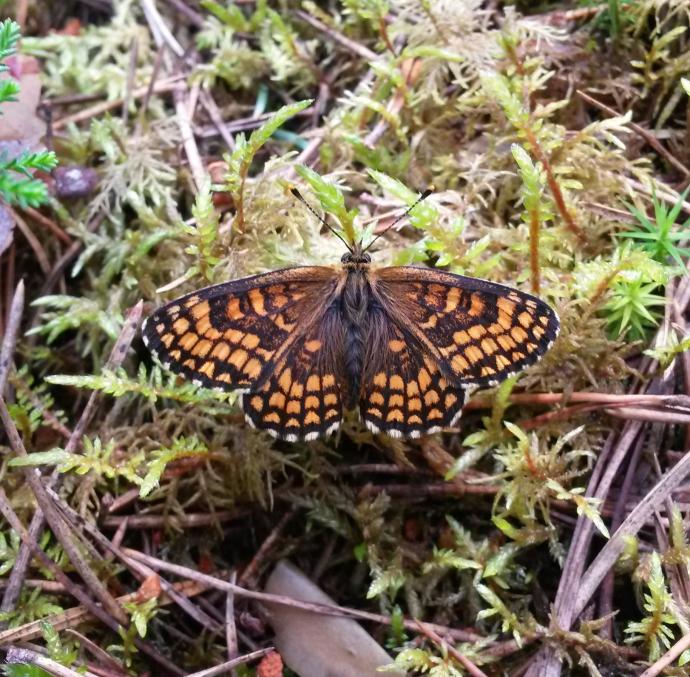Abstract
The importance of understanding landscape dynamics and landscape ecology increase with the process of land conversion for human use, like expanding agriculture land, urban development and forestry. These areas are the matrix surrounding the natural patches which often are considered to be homogenous and inhospitable.
Most studies have focused on how high-conservation-value habitats, like semi-natural grassland, have been affected in extremely fragmented landscapes. In England we can see a trend of declining habitat specialist butterflies compared to Sweden that still have a relatively rich butterfly fauna even though the Swedish landscape only consist of 0,6 % semi-natural grasslands. Which indicate, by only focusing on semi-natural grasslands, we might draw wrong conclusions about landscape effects on different local habitats that as well could be important for conservation of butterflies.
By focus on where in the landscape resources for butterflies and burnet moth occur did result from this study show highest density of butterflies and burnet moths in non-grazed grasslands and road verges. Highest local habitat quality was found in semi-natural grasslands, non-grazed grasslands, road verges, field margins, forest openings and clearings. Also a significant effect of the landscape composition was found, with largest effect at a scale of 3000 m. Especially landscapes dominated by forests had a positive effect on butterfly and burnet moth density.
Conclusion, only preserving semi-natural grasslands will not be enough to preserve the species richness and high butterfly and burnet moth density landscape, I want to emphasize the importance of looking at the whole landscape.

Responsible for this page:
Director of undergraduate studies Biology
Last updated:
05/05/16
